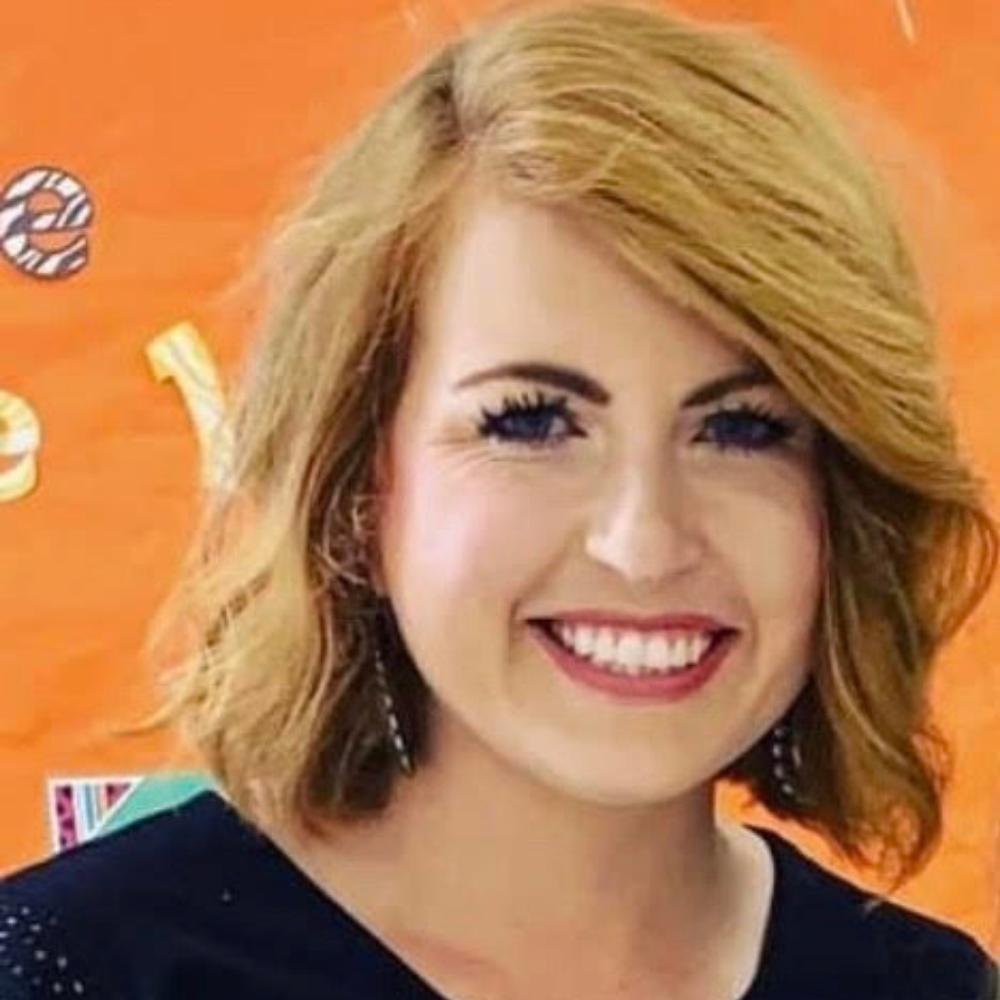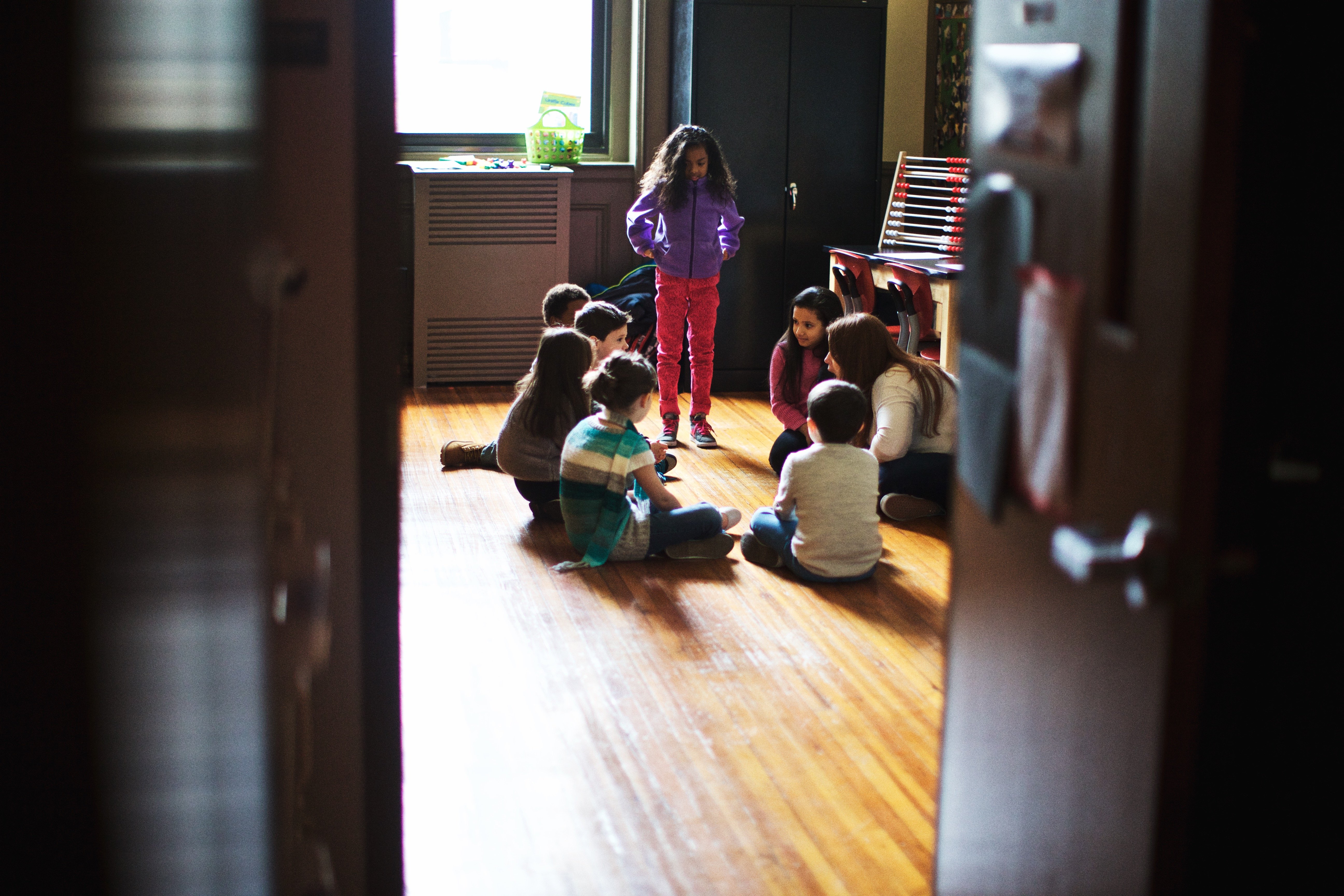Posted in: Aha! Blog > Wit & Wisdom Blog > Equity access > Engaging an Inclusive Community of Learners
This month, we encouraged educators across the country to reflect on access and equity, specifically for students with learning disabilities. Anna Bradshaw, a multi-classroom leader in Crossett School District in Arkansas and professional development facilitator for Great Minds®, describes how she uses Wit & Wisdom® to create a classroom community that is supportive of and engaging for all learners.
“Label jars, not people.” - Eli Clare
This simple yet powerful quote, which an advocate for people with learning disabilities shared with me during my senior year of high school, underpins my experience working with Wit & Wisdom.
Creating a Rigorous and Inclusive Learning Community
Teaching students with learning disabilities is part of any educational career. We can enrich, advocate, and grow with all kinds of exceptional people. Since Wit & Wisdom is written for teachers by teachers, all learning needs are kept at the forefront daily. Wit & Wisdom discards the “labels” and opens the door for equity and inclusion through access to grade-level content. This has a powerful impact academically, of course, but also social-emotionally.
As teachers, we have a responsibility to bring learning materials to students in a safe and supportive environment. We are expected to address the various social-emotional needs, in addition to the academic needs, that emerge among our students. Fortunately, with Wit & Wisdom, inclusivity and relationship-building occur naturally because of built-in classroom routines like Think–Pair–Share and Partner Reading. These structures lay the foundation for social-emotional learning within regular instruction. Students learn alongside each other; they learn from each other and across their differences. Additionally, there is no more punting the dreaded question, “When may I have a chapter book?” Students can feel the leveling of the playing field with their peers, due to the readily available support and resources. This equitable access to materials builds confidence while bridging learning gaps.
Students with learning disabilities need, crave, and deserve the same opportunities as general education students. With the right support and scaffolding, all students can achieve their full potential and their greatness. To do this, the general education teacher and special education teacher must have a relationship based on open communication and constant support. In my district, special education teachers truly go the extra mile to ensure that all students are working with Wit & Wisdom materials, engaging in classroom discussions, and accessing supports that fit their individual needs.
Embedded Supports
In terms of daily instruction, classroom teachers can take varied approaches to bridging gaps that may exist between the rigor of Wit & Wisdom and the needs of students with learning disabilities. Importantly, texts and writing requirements do not need to be changed. In fact, modifying the texts or assignments, though tempting and usually well-intentioned, often takes away opportunities for students to practice with grade-level material that, with proper supports, could accelerate learning. While this support invariably depends on Individualized Education Plan (IEP) goals, some examples include reading texts aloud with the use of audiobooks, answering Focusing Questions verbally, and practicing Socratic Seminar responses ahead of time for students to actively engage with their peers. Graphic organizers with sentence stems and speech-to-text writing can provide valuable temporary scaffolds to learners, while maintaining access to grade-level material and tasks. Such tools ensure that learners don’t get watered-down versions of content and maintain equitable access to the thoughtfully designed Wit & Wisdom lessons.
Success Through a Supportive Classroom Culture
Due to my use of the built-in supports in the Teacher Edition, my purposeful scaffolding, and my constant communication with service providers at my school, all my Grade 4 students, regardless of ability, were able to craft their individualized survival story in Module 2 and identify their perspective on the American Revolution in Module 3. Engaging novels like Hatchet and Out of the Dust allowed students of all backgrounds to relate to the hardships faced by riveting characters. These connections allowed all students—including striving readers—the opportunity to find solace in the world of books while reading.
Instructional routines like Chalk Talks and Socratic Seminars allow students to express their ideas in safety. Students are assessed on their knowledge rather than on the limitations of their struggles with decoding and/or encoding. This helps students, like mine, actively participate and become part of a more inclusive classroom community. Students see themselves as learners, rather than labels and deficits.
When I reflect on my students over the years, I often think of one who received special education services for dyslexia. He usually took assessments outside of the classroom, but after working with Wit & Wisdom for a while, he wanted to stay with me to finish a Focusing Question Task. He was so deeply engaged with his work that he did not want to leave the task at hand. He was able to work with the grade-level material for this task and finish with the class by typing on the computer rather than writing by hand. He thanked me for this opportunity. This specific experience proves just how accessible Wit & Wisdom is to all students.
Engagement Builds Knowledge; Knowledge Builds Engagement
Students may not yet independently read grade-level texts, but they can engage at a high level because of the interesting and integrated topics in Wit & Wisdom. This builds confidence, knowledge, and a love of reading. Gone are the days of students “sitting and getting” instruction. Students continually synthesize their learning and build on their knowledge base. Striving readers and writers find success because this knowledge base enhances their comprehension.
With Wit & Wisdom, students are seen and see themselves as learners, thinkers, speakers, and writers. Students know they are capable of greatness. The high expectations, accessible materials, and built-in scaffolds help remove labels, take down barriers, and work toward equity. Wit & Wisdom acts as gasoline fueling the learning fire in the classroom of the most well-intentioned individuals—teachers. When students see glimpses of their greatness in an inclusive and supportive environment, they build stamina, perseverance, and moments of success as they work toward their goals. Wit & Wisdom allows for the cultivation of meaningful life lessons through literacy for ALL students, while building engagement in learning and connections with teachers and peers.
Submit the Form to Print

Anna Bradshaw
Anna Bradshaw is from a small town in southeastern Arkansas. She is a multi-classroom leader in Crossett School District where she supports third through sixth grade literacy teachers. Crossett School District was one of the first schools in Arkansas to adopt Wit & Wisdom. She taught fourth grade for five years before transitioning into her coaching role for the 2021 - 2022 school year. She had the honor to win CES Teacher of the Year in 2020. Wit & Wisdom has changed the trajectory of her teaching career by providing the opportunity to be part of the Fellowship and the ability to provide students with the knowledge and skills needed to be successful.










